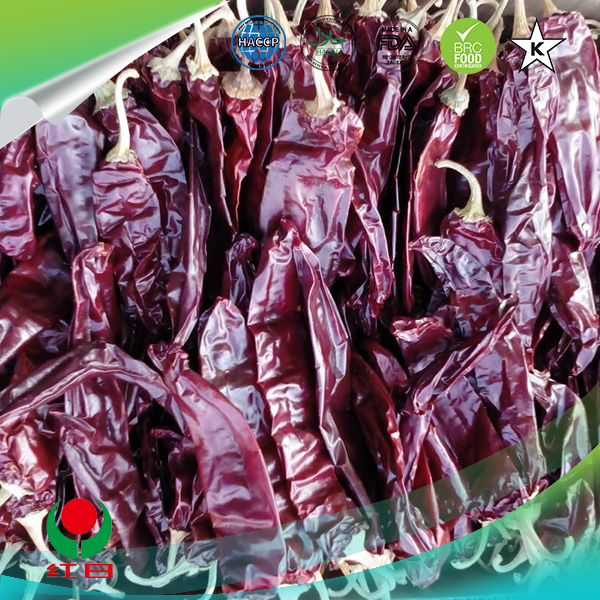Specification Guidelines for Chemical Anchor Bolts Usage and Applications
Chemical Anchor Bolts Specification
Chemical anchor bolts are critical components in construction and engineering applications, providing secure and durable fastening solutions in various substrates, including concrete, masonry, and brick. These specialized anchors utilize a chemical adhesive or epoxy to bond with the base material, offering superior load-bearing capabilities and resistance to environmental factors compared to traditional mechanical anchors. This article delves into the specifications and considerations associated with chemical anchor bolts.
Types of Chemical Anchor Bolts
Chemical anchor bolts come in various configurations to suit different applications. Common types include
1. Epoxy Anchors These use a two-part epoxy resin that hardens when mixed, forming a strong bond with the substrate. They are ideal for heavy loads and environments that may expose the anchors to moisture or corrosive conditions. 2. Polyester Anchors Generally more cost-effective than epoxy, polyester resins provide good performance in both static and dynamic loads. They are suitable for less demanding applications.
3. Vinylester Anchors These are a hybrid product, combining the benefits of epoxy and polyester, and perform well in both extreme temperatures and moisture-laden environments.
Load Ratings
When selecting a chemical anchor bolt, understanding the load ratings is essential. Load capacity can vary based on several factors, including the type of resin used, the diameter of the bolt, and the quality of the installation. Specifications typically delineate both ultimate load and working load limits to ensure safety. It’s essential to consult the manufacturer's datasheets for specific load ratings pertaining to different materials and conditions.
Installation Guidelines
chemical anchor bolts specification

To achieve optimal performance from chemical anchors, proper installation is crucial. Key steps include
1. Drilling Ensure that the hole is drilled to the correct diameter and depth as specified by the manufacturer. Clean the hole of debris and dust, as contaminants can weaken the bond.
2. Mixing the Adhesive Follow the manufacturer's instructions for mixing the chemical adhesive. Improper mixing can lead to inadequate bonding.
3. Injection Inject the adhesive into the hole and immediately insert the anchor bolt. The bolt must be twisted and pushed to ensure even distribution of the adhesive.
4. Curing Allow sufficient curing time as specified in the product guidelines before applying any loads to the anchor. Curing time can vary based on ambient conditions like temperature and humidity.
Environmental Resistance
Chemical anchor bolts are particularly advantageous in environments where traditional anchors may fail. Many epoxy and adhesive formulations are designed to resist moisture, temperature fluctuations, and chemicals, making them suitable for use in industrial settings, waterfront applications, and harsh climates.
Conclusion
The specification of chemical anchor bolts plays a vital role in their effectiveness and safety in construction projects. By understanding the types of anchors available, their load capacities, installation requirements, and environmental resistance, engineers and contractors can ensure reliable and long-lasting anchoring solutions for a wide variety of applications. Ultimately, proper selection and installation of these anchors contribute significantly to the overall integrity and longevity of structures.
-
Weatherproof Plastic Expansion Anchors for OutdoorNewsJun.06,2025
-
Sustainability in the Supply Chain: Eco-Friendly TEK Screws ProductionNewsJun.06,2025
-
Load-Bearing Capacity of External Insulation FixingsNewsJun.06,2025
-
Double Head Bolts: Enhancing Efficiency in Industrial MachineryNewsJun.06,2025
-
Corrosion Resistance in Chipboard Screws: Coatings for Wholesale DurabilityNewsJun.06,2025
-
Butterfly Toggle Bolts : Enhancing Structural ResilienceNewsJun.06,2025
